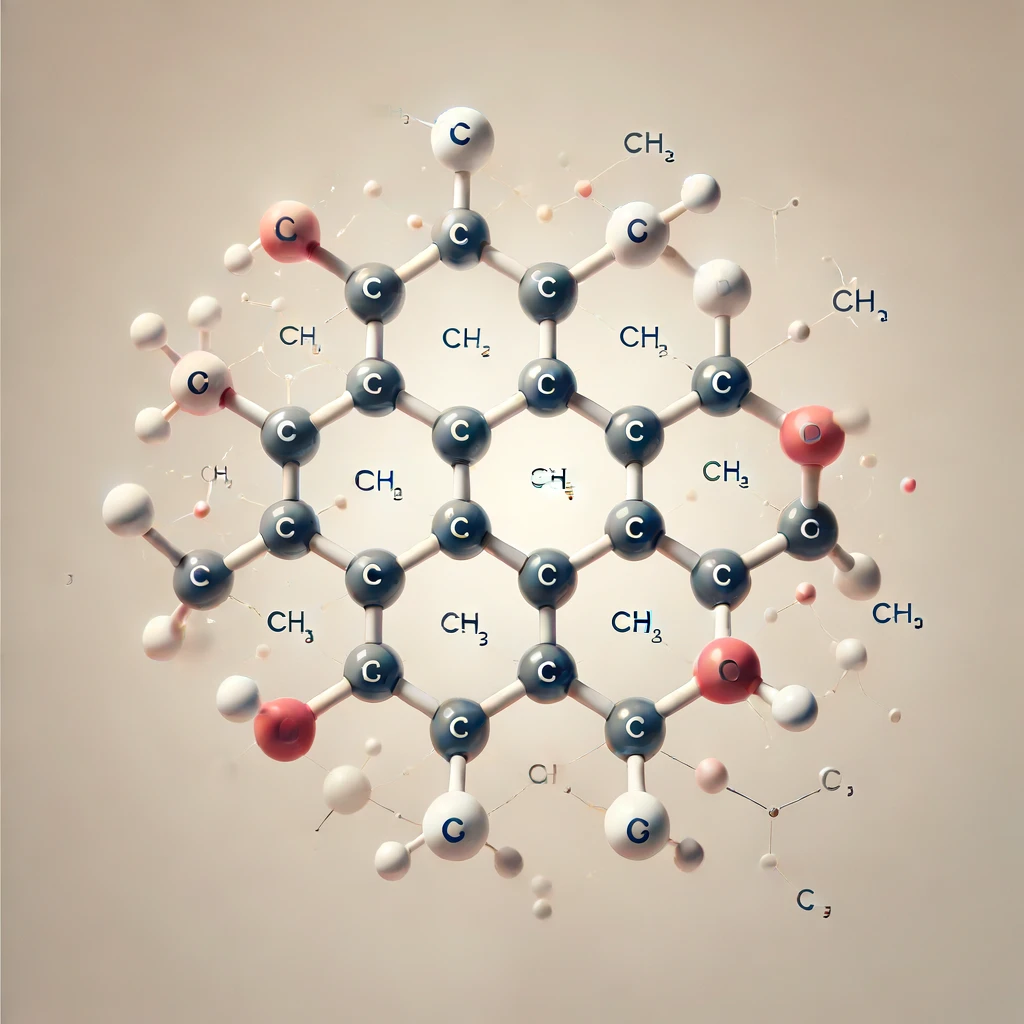Update in upcoming criteria document - PFAS
In criteria version V34.1, which was released on February 1 and will become effective on August 1, changes have been made to PFAS. Read about what applies below.

More information about PFAS, how BASTA supports the phase-out of PFAS and how you can work on replacing PFAS with less harmful chemicals will be presented in our event on August 22 at 08.30-09.15, read more and register here (event in Swedish)
PFAS or highly fluorinated substances is a collective name for a large and complex group of more than 10,000 identified substances with varying properties and wide use in society. PFAS are very difficult to break down and many PFAS can have harmful effects, both for humans and the environment. These substances are also highly mobile, resulting in PFAS being found all over the globe, even in places where there is no identified source.
So far, only a few PFAS have been classified as endocrine disruptors, reproductive toxicants and/or suspected carcinogens. PFAS are likely to affect humans and animals in many other ways and it is suspected that most PFAS have similar hazardous properties.
The Swedish Chemicals Agency (KEMI), together with four other European authorities, has developed a broad restriction proposal for PFAS in the EU. The proposal is currently being evaluated by the European Chemicals Agency (ECHA). A broad restriction of PFAS is expected to enter into force in 2025 at the earliest. The BASTA criteria already cover PFAS through information requirements at concentrations above 0.1%. From August 1, 2024, the criteria will be further tightened and will now be subject to a content limit, the product must not contain more than 0.1% PFAS to pass BASTA and BETA.
We know that the use of PFAS is extensive and that the change affects many of our suppliers, which is why we want to draw further attention to it with this mailing.
How does it affect BASTA and you as suppliers?
According to BASTA's criteria for PFAS, the supplier is required to report the content of PFAS in the product if it is present in levels above 0.1%. In the new version of the criteria, the content limit of 0.1% must not be exceeded for the grades BASTA and BETA. If the level exceeds 0.1%, the product is instead rated DECLARED.
It is also mandatory to declare which PFAS(s) are present in the product at a level above 0.1%. This applies to both polymeric (e.g. Teflon) and non-polymeric PFAS. BASTA applies the OECD definition for PFAS which includes substances containing at least one fully fluorinated methyl group (-CF3) or one fully fluorinated methylene group (-CF2-) without any hydrogen, chlorine, bromine or iodine atom attached to it.
Many PFAS substances have positive properties from a product perspective, such as being dirt- and water-repellent, heat-resistant and/or UV-stable, to name but a few, which means that the applications are many. Some of the many uses of PFAS in the construction industry are: flooring, flame retardants, paints, coatings, electronic equipment, glass, metallic and ceramic surfaces, plastics, rubber, adhesives, sealants, textiles, concrete, bricks, cables, gaskets, hoses, air-conditioning and white goods.
On BASTA Day on November 26, we will also talk about PFAS.
